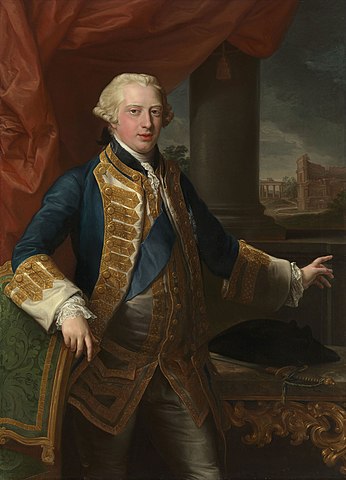Tatiana Maria
Majesty
- Joined
- Oct 15, 2013
- Messages
- 6,741
- City
- St Petersburg
- Country
- United States
With cases like Bourbon Two Scillies, The Duke of Castro actually broke an agreement with the Duke of Calabria to name his daughter his "successor".
Naming his daughter as his successor was not a breach of agreement between the two claimants, since the agreement explicitly did not reference the disputed headship:
"Their Royal Highnesses, Prince Carlo of Bourbon Two Sicilies, Duke of Castro and Prince Pedro of Bourbon Two Sicilies, Duke of Noto, reiterate the fact that in the Dynastic Family agreement signed in Naples on January 25th 2014, there is no mentioning of any references to the Headship of the Royal House of Bourbon Two Sicilies and that all allegations and inferences to that respect are without any foundation".
The agreement did reference mutual recognition of the claimants' assumed titles, so that by awarding the title Duchess of Calabria to his daughter while it remained in use by the other claimant and his wife, he arguably did break the agreement.




